Evan Robinson is a photographer and director based in Los Angeles, California. He works with a wide range of genres and for a wide range of clients, including himself. When he’s not in a studio or on a commissioned assignment, you’ll find Evan hanging from an airplane, camera always in hand. His appetite for new experiences and new ways of expressing his creativity is infectious, while his photography, in all its diversity, is inspirational to say the least.
Photographing a university in India or a model in Los Angeles don’t feel particularly different to me. The goal is always the same – bring together a world-class team and walk away from set having created something unique and beautiful. Whether I’m looking at still life in the studio or a sunrise scene from the open door of an airplane, it’s the bold interplay between color and light that attracts my eye and gets me excited.
I love working with art directors who bring a sense of play to everyday moments. Dancing with the push/pull of unexpected playfulness and clean, concise visuals makes commercial work endlessly engaging to create. These days, however, my obsession is shooting out the side of an airplane. There’s something incredibly fun about using one of the world’s fastest tripods to get a shot.
Looking back, there was never a specific moment when I decided to become a
photographer. While studying economics and psychology, a chance internship at a small creative agency piqued my interest in visual storytelling. By the time I graduated from college, there hadn’t been enough time to actually apply for a regular job – I was too busy shooting, so the decision made itself.
Versatility of perspective
When I’m working with a brand, I love to tell stories about the lifecycle of a product, as opposed to showing it at one point in its existence. For example, a recent campaign began in Italy, photographing the craftsman and women who create some of the finest bed linens in the world. Back in New York City, we continued the story with a lifestyle shoot focused on the feeling you get as you crawl into a bed covered in some of the best sheets in the world. It’s not common for a brand to entrust one person to tell that entire story – taking portraits of factory workers, shooting the Italian countryside, but also running a studio crew building sets in the middle of Manhattan. Telling the entire story with one visual voice is such an exciting challenge.
And then, most of my personal projects nowadays involve flying airplanes. There’s a sense of new perspective, both literal and figurative, that I get a few hundred feet above ground. Dancing with a set of wings above mountain peaks or desert plateaus, and watching the patterns and light change, has been a boon for idea generation.
Versatility of experience
It’s exciting to live in a society where everybody can be a visual storyteller – our iPhones blow away digital sensors from the early 2000s. Since everybody can tell stories visually, we all have sharper eyes and a higher barometer for what is authentic and what is fake.
The insatiable appetite for learning how things work and how they’re made gives me a chance at telling stories a bit more honestly, and with any luck that comes across. It’s hard to appreciate jobs, or activities, until you try them – there’s a lot of joy in sweating it out, failing at something, and getting into the learner’s mindset.
Versatility of medium format
Shooting medium format consistently unites the diverse set of subjects I shoot. Perhaps if I was working with only lifestyle models, or only aerial imagery, I’d switch systems from job to job – the genre would be the same every time, and that would be the stylistic thread needed to create a cohesive body of work. But I get bored shooting the same thing – so the visual thread I’ve chosen to bring my body of work together is to shoot medium format. The quality of lenses we get for Phase One systems, the depth of field we can achieve, the level of color flexibility – all make up an intimate part of how I think about lighting and setting a scene. The image files just breathe differently. For me, it makes sense to always shoot with Phase One. My sense of color is deeply intertwined with the processing that Phase One + Capture One offer. There’s a nuance I can get out of the sensor that no other system allows for.
No two days are the same. It’s hard to get bored with an ever-changing career.
And the benefits are endless. When shooting from airplanes, the resolution from medium format files allows us to create fine art prints with incredible detail that are a far cry from the drone shots that most are used to seeing from the air. When working on a set where we need to move quickly, the dynamic range and color flexibility of Phase One, the ability to crop in for a detail shot without having to re-lens or reshoot a movement – these are all lifesavers. And in post production, my retouchers have a much easier time retouching the larger files and bringing forth high quality work.
Recently I was on set with a client who is now also a close friend. We needed a motion component to the shoot so we had a popular mirrorless camera on set to film. I tried shooting a still with that camera and the client came over from the monitor, clearly frustrated. He asked why the scene looked so bad. I picked up the Phase One, and shot another still. The look of relief came over his face. He’d become addicted to the quality of the Phase One for which years before I had to fight to bring on set because of the additional expense.
The favorite lenses
If I could only take one lens to my grave, it would be the 80mm – there’s something beautiful about how normal the focal length is, and about embracing the normal focal length on a camera system that’s anything but normal. However, on most shoots, the 55mm and 120mm are my most used lenses – the 55mm has less distortion than other wide lenses I’ve used on other systems, and I can get a shot that feels somehow both like a snapshot and an elevated campaign image with it. The 120mm produces stunning detail, portraits, and even landscapes. With the additional focus stacking features in the XF, it also makes for a perfect still life lens.
The best thing about being a photographer
No two days are the same. It’s hard to get bored with an ever-changing career. A close second would be that we get to create something tangible – even if not printed out, a photograph is a tangible, beautiful thing – and there’s a reward to working with one’s hands to create that.
The hardest thing about being a photographer
Travel is a huge source of inspiration, but it’s hard to join a sports team or play music in a band when work will take you halfway around the world during practice times. The toughest part is probably loving it so much that it’s almost impossible to shut off – there’s always something to observe, digest, and bring to new work – but remembering to take time away from work and refresh is worthwhile. It’s just easier said than done. My wife and I will travel far away from the city to spend time relaxing and resetting, and inevitably there’ll be a palce where the light is perfect, so the first thing I’ll do is to take out the camera again.
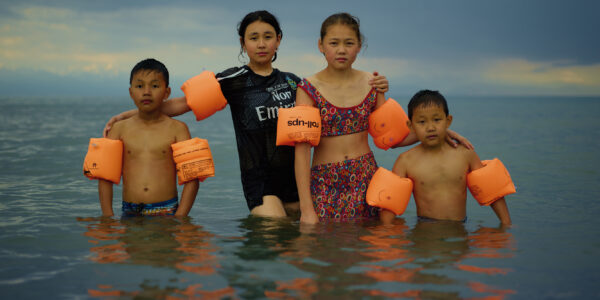
Photographer Stories
Intimacy in focus: Louise’s lens on humanity with Phase One_Part1
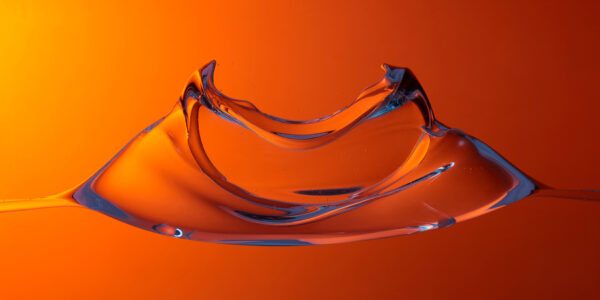
Photographer Stories
Dimitri Newman: Vision is Just the Start

Photographer Stories
Ashes: The Rebirth of a Camera- Hexmalo

Photographer Stories
Chandler Williams: A Photographer’s Path

Photographer Stories
TABO- Gods of Light

Photographer Stories
Loreto Villarreal – An Evolving Vision

Photographer Stories
Tobias Meier – Storytelling Photography

Photographer Stories
Gregory Essayan – Curating Reality

Photographer Stories
Total Solar Eclipse – Matthew C. Ng
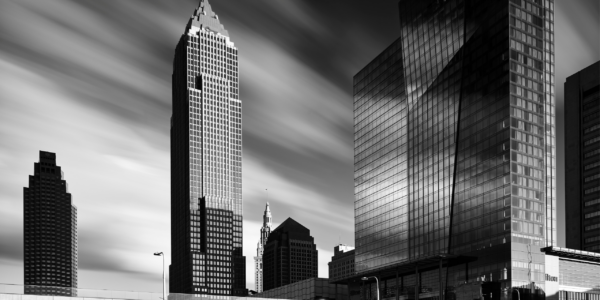
Photographer Stories
Roger Mastroianni – Frame Averaging
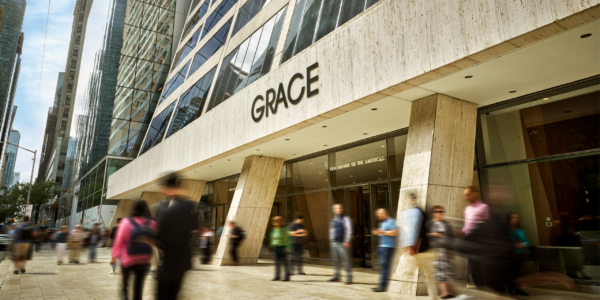
Photographer Stories
Matthew Plexman – Bringing portraits to life

Photographer Stories
Prakash Patel – A Visual Design Story

Photographer Stories
Karen Culp – Food Photography Ideas

Photographer Stories
T.M. Glass: Flower portraits
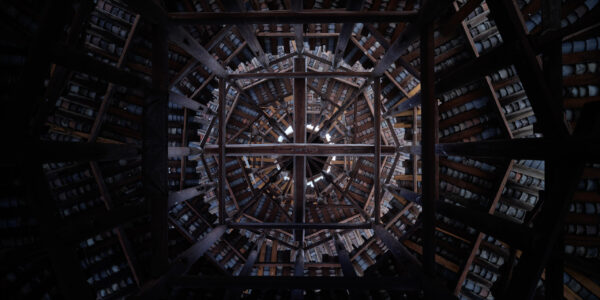
Photographer Stories
Preserving ancient Chinese buildings – Dong Village
